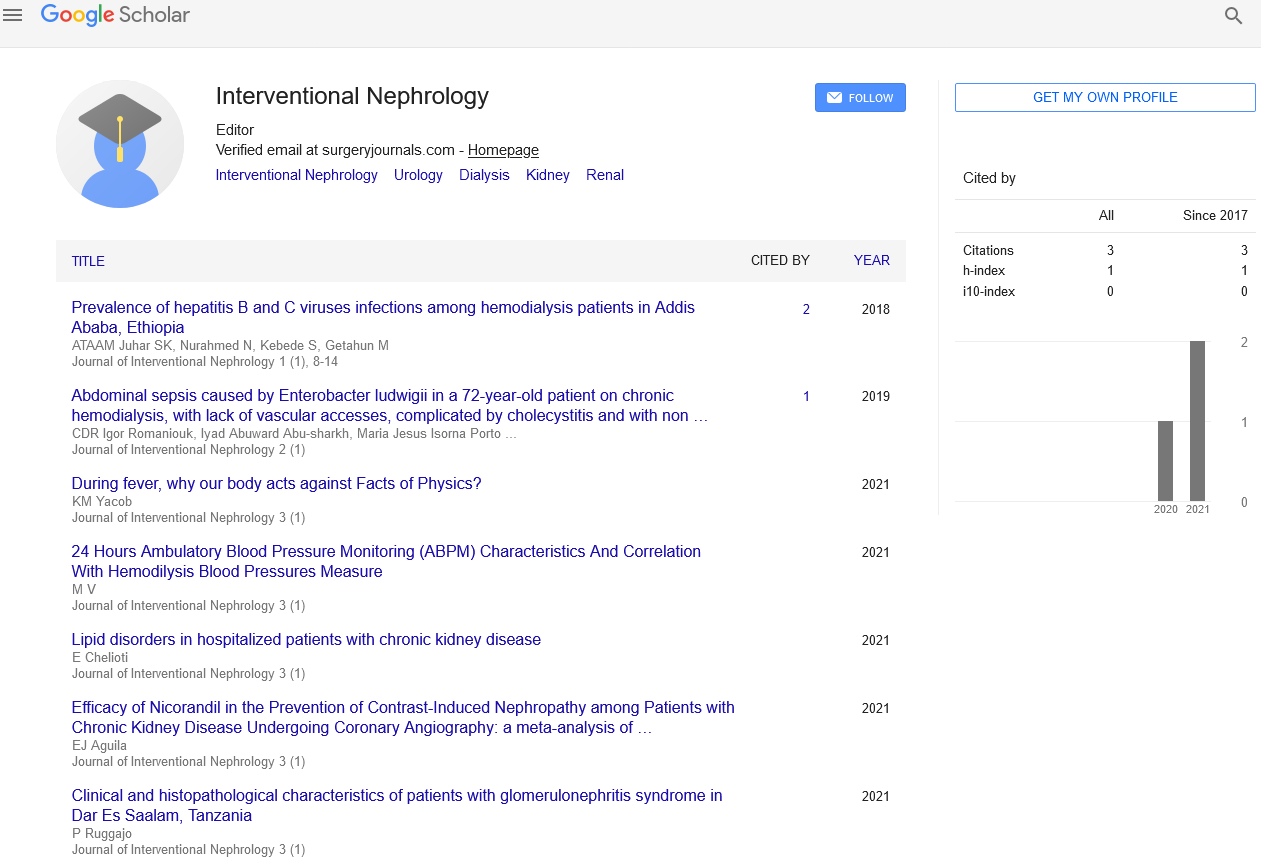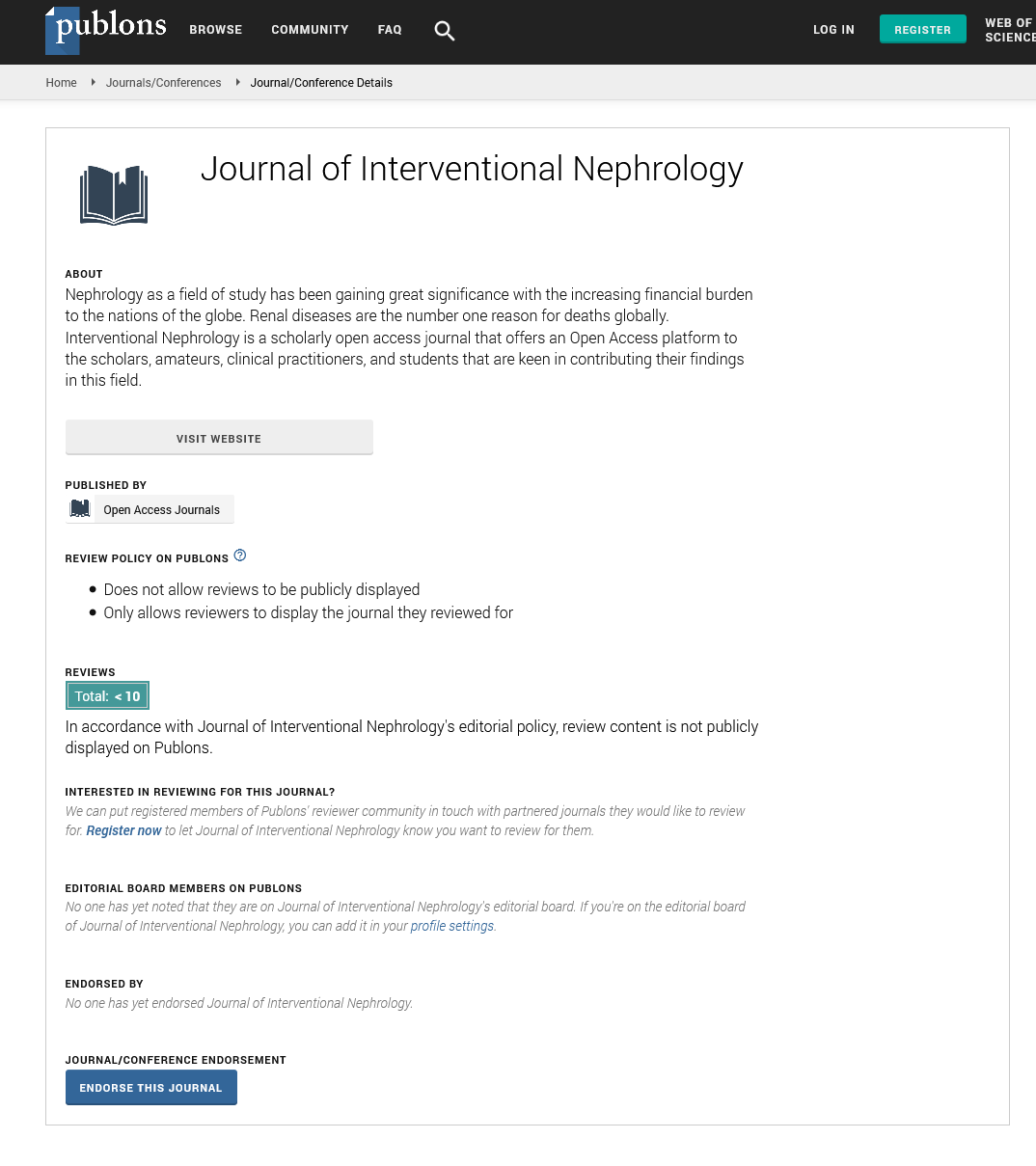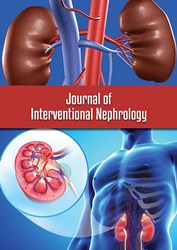Perspective - Journal of Interventional Nephrology (2024) Volume 7, Issue 4
Understanding Renal Agenesis: Causes, Implications, and Management Strategies
- Corresponding Author:
- Stanley Maher
Department of Medicine, Raffles University, Brazil
E-mail: Stanleym1000@edduc
Received: 20-May-2024, Manuscript No. OAIN-24-136461; Editor assigned: 22-May-2024, PreQC No. OAIN-24-136461 (PQ); Reviewed: 05-Jun-2024, QC No. OAIN-24-136461; Revised: 26-Jul-2024, Manuscript No. OAIN-24-136461 (R); Published: 05-Aug-2024, DOI: 10.47532/oain.2024.7(4).287-288
Introduction
Renal agenesis is a congenital condition characterized by the absence of one or both kidneys at birth. This rare but significant anomaly can have profound implications for affected individuals, impacting their renal function, overall health, and quality of life. In this article, we delve into the intricacies of renal agenesis, exploring its causes, clinical manifestations, diagnostic approaches, and management strategies.
Description
Embryological basis of renal agenesis
The development of the kidneys begins early in embryogenesis through a complex series of morphogenetic events. Renal agenesis occurs when these processes are disrupted, leading to the failure of one or both kidneys to form. The condition can manifest as unilateral renal agenesis, where only one kidney is absent, or bilateral renal agenesis, where both kidneys fail to develop. While unilateral renal agenesis is more common, bilateral renal agenesis is a severe and often fatal condition due to the absence of renal function essential for fetal survival.
Genetic and environmental influences
The etiology of renal agenesis is multifactorial, involving both genetic and environmental factors. In many cases, the condition is thought to result from genetic mutations or chromosomal abnormalities that disrupt the normal development of the kidneys during embryogenesis. Variants in genes involved in kidney development, such as PAX2, HNF1B, and RET, have been implicated in familial cases of renal agenesis. Additionally, environmental factors, such as maternal exposure to teratogens or intrauterine infections, can also contribute to the development of renal agenesis.
Clinical manifestations and diagnostic evaluation
The clinical presentation of renal agenesis can vary depending on the severity of the condition and whether it is unilateral or bilateral. In cases of unilateral renal agenesis, affected individuals may remain asymptomatic or present with nonspecific symptoms such as hypertension, recurrent urinary tract infections, or abdominal pain. Bilateral renal agenesis, on the other hand, typically leads to severe oligohydramnios and pulmonary hypoplasia in utero, resulting in neonatal death or stillbirth in the majority of cases.
Diagnosing renal agenesis often involves a combination of prenatal imaging studies, such as ultrasound and fetal MRI, to assess fetal renal anatomy and amniotic fluid volume. Postnatally, renal agenesis may be confirmed through imaging modalities such as ultrasound, CT scan, or MRI, which can visualize the absence of one or both kidneys and associated urinary tract abnormalities.
Management and prognosis
The management of renal agenesis depends on the severity of the condition, presence of associated anomalies, and individual patient factors. In cases of unilateral renal agenesis, most individuals can lead normal lives with a single functioning kidney, although they may require monitoring for complications such as hypertension or proteinuria. However, those with bilateral renal agenesis face a much graver prognosis, as the absence of renal function precludes postnatal survival without immediate renal replacement therapy, such as dialysis or kidney transplantation.
Prenatal counseling and genetic testing are essential components of the management of renal agenesis, allowing families to understand the underlying cause of the condition, assess recurrence risks, and make informed decisions about reproductive options. In cases of bilateral renal agenesis detected prenatally, parents may face difficult decisions regarding the continuation of the pregnancy and palliative care options for the affected fetus.
Conclusion
Renal agenesis is a rare but clinically significant congenital anomaly that poses challenges for affected individuals and their families. Through advances in genetics, prenatal imaging, and medical management, we have gained a deeper understanding of the underlying causes and implications of this condition. However, much remains to be learned about the complex interplay of genetic and environmental factors that contribute to renal agenesis, as well as the development of novel therapeutic approaches to improve outcomes for affected individuals. By raising awareness, promoting research, and providing comprehensive care, we can strive to optimize the management and outcomes of renal agenesis and ultimately improve the lives of those affected by this condition.


